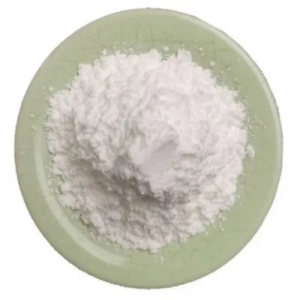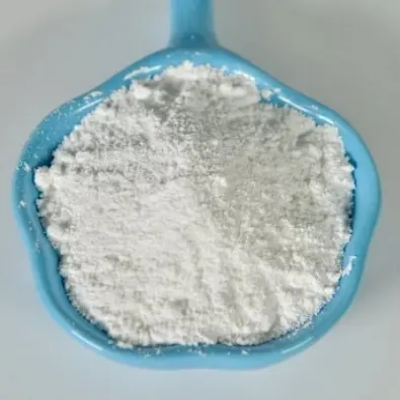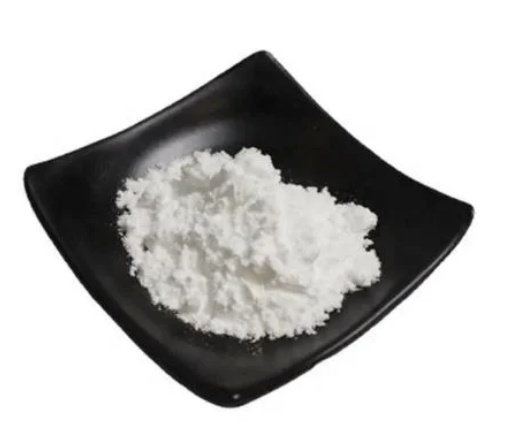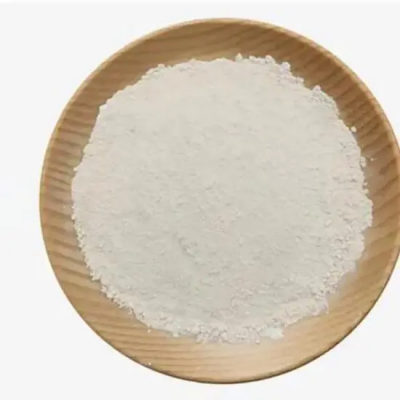3-Fluoro-4-(4-Morpholinyl)-Benzeamine CAS:93246-53-8
3-Fluoro-4-(4-Morpholinyl)-Benzeamine finds diverse applications in pharmaceutical research, drug discovery, and medicinal chemistry. One of its primary uses is as a scaffold for designing bioactive compounds, drug candidates, and pharmaceutical intermediates. Chemists utilize this compound to explore structure-activity relationships, investigate molecular interactions, and develop novel therapeutics targeting various biological pathways, disease mechanisms, and therapeutic targets for treating conditions such as cancer, neurological disorders, and infectious diseases. In addition to its role in drug development, 3-Fluoro-4-(4-Morpholinyl)-Benzeamine is employed in chemical biology studies, receptor binding assays, and target validation experiments. Its ability to modulate biological activities, interact with molecular targets, and exhibit pharmacological effects makes it valuable in elucidating cellular functions, signal transduction pathways, and molecular mechanisms underlying physiological processes, enabling researchers to explore new drug modalities, therapeutic interventions, and treatment strategies for addressing unmet medical needs and advancing healthcare solutions. Furthermore, this compound serves as a building block for synthesizing molecular probes, imaging agents, and chemical tools for biomedical research and preclinical studies. 3-Fluoro-4-(4-Morpholinyl)-Benzeamine's versatility in functional group manipulations and chemical modifications allows scientists to design innovative molecules, investigate biological systems, and probe drug-receptor interactions, supporting advancements in molecular imaging, chemical biology, and drug delivery technologies aimed at enhancing diagnostics, drug efficacy, and therapeutic outcomes in biomedical sciences and translational medicine. Moreover, 3-Fluoro-4-(4-Morpholinyl)-Benzeamine is utilized in academic laboratories, pharmaceutical companies, and research institutions for exploring chemical diversity, structure-based drug design, and synthetic methodologies. Scientists leverage its chemical properties, pharmacological profiles, and potential applications to study drug metabolism, assess drug safety, and optimize drug candidates, fostering discoveries, scientific collaborations, and interdisciplinary approaches in pharmacology, medicinal chemistry, and drug development fields to accelerate the translation of basic research into clinical practice for improving patient care, health outcomes, and disease management strategies.






| Composition | C11H14FN3O |
| Assay | 99% |
| Appearance | white powder |
| CAS No. | 93246-53-8 |
| Packing | Small and bulk |
| Shelf Life | 2 years |
| Storage | Store in cool and dry area |
| Certification | ISO. |




![(3S)-3-[4-[(2-Chloro-5-iodophenyl)methyl]phenoxy]tetrahydro-furan CAS:915095-94-2](https://cdn.globalso.com/xindaobiotech/NIQ7288PPWVEXNL@IMY149.png)




